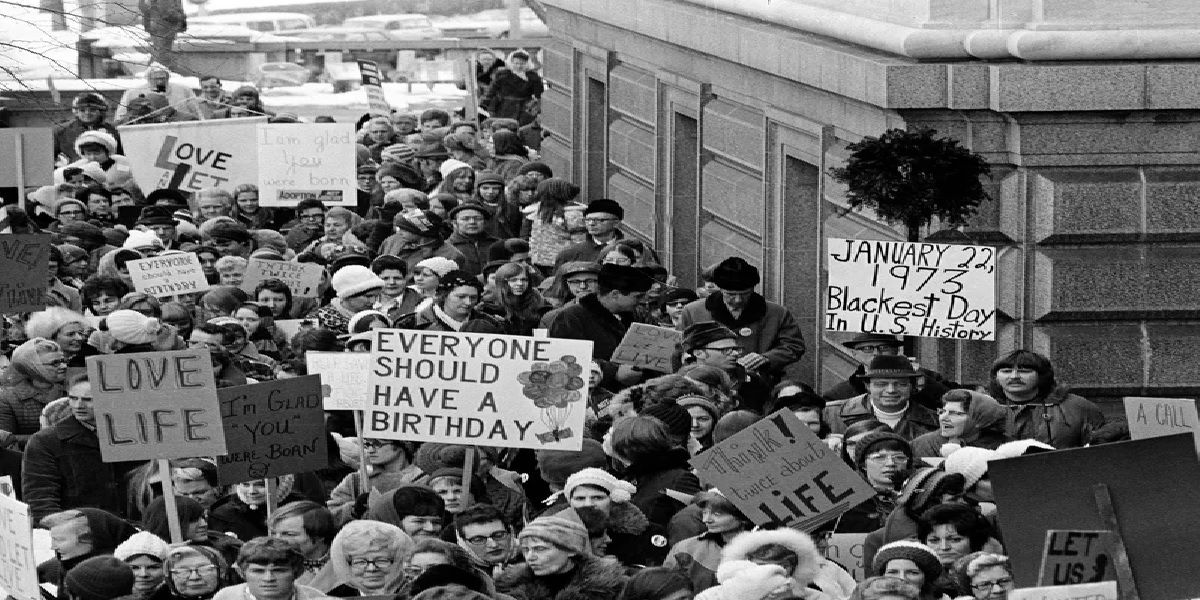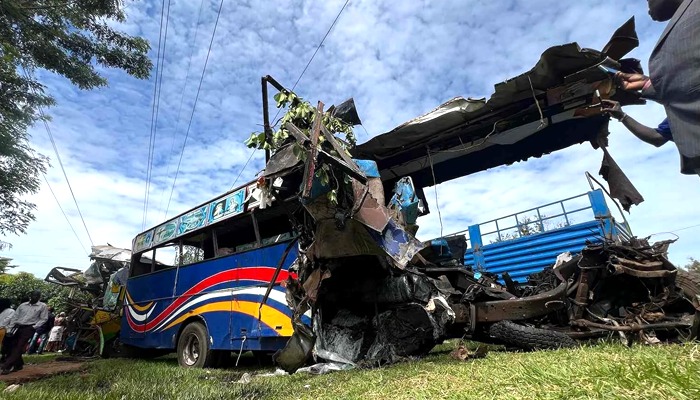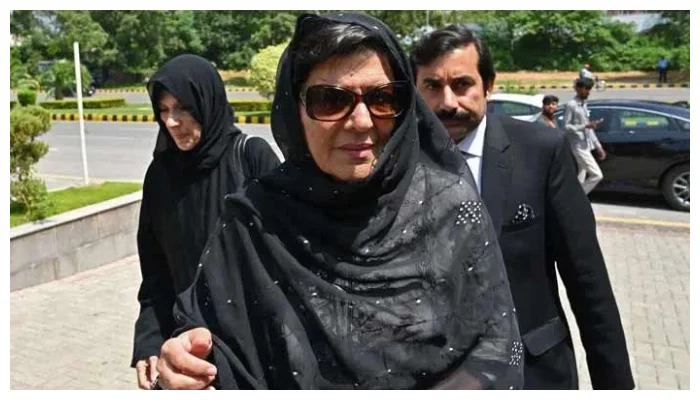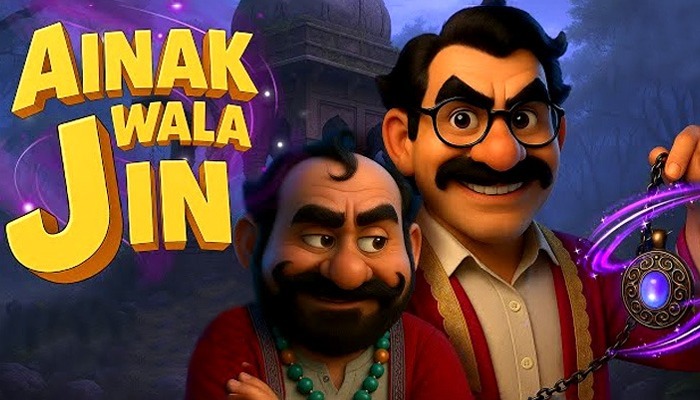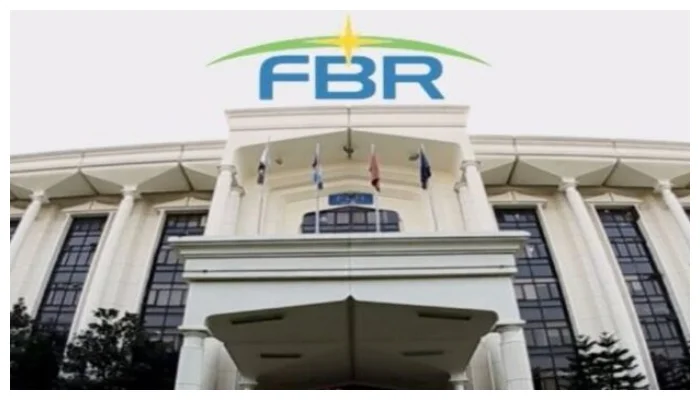What’s the original ruling of the Roe v wade case? read here
The news site Politico shocked the nation on Monday night when it distributed what has all the earmarks of being an underlying draft greater part assessment — composed by Justice Samuel Alito and apparently circled inside the court — recommending that the U.S. High Court expects to strike down Roe v. wade.
Boss Justice John Roberts affirmed the legitimacy of the record in a proclamation on Tuesday morning, yet says it doesn’t address the court’s last position. He’s likewise requested the Supreme Court marshal to examine the hole.
NPR legitimate issues reporter Nina Totenberg recently told Morning Edition that “it truly resembles, seems to be, and feels like the genuine article.”
Striking down Roe successfully would end government security for fetus removal freedoms, opening the entryway for states to boycott or limit admittance to the method. While such a decision would have colossal outcomes, legitimate specialists and spectators the same are likewise struck by how the draft assessment advanced into general visibility in any case.
Holes of any sort are uncommon at the Supreme Court, and Totenberg says there hasn’t been a particularly huge break in present day history. She considered it a “bomb at the court” that subverts all that the body represents inside and institutionally, remembering its individuals’ trust for their regulation representatives and in one another.
“No full grown draft assessment has been spilled to the press or outside the court,” Totenberg says. “A few times there might have been releases that say how is everything turning out to end up, or sometime later that someone might have adjusted their perspective. Be that as it may, this is a full-flown, Pentagon Papers-type split the difference of the court’s work.”
There were really two Roe-related spills
There have without a doubt been spills at the court previously, though of an alternate scale. One of them really was about the situation at the core of the present discussion: In 1973, the first Roe choice was spilled to the press under the watchful eye of the court had officially reported it.
Jonathan Peters, a media regulation teacher at the University of Georgia, noted in a Twitter string that there were really two Roe-related spills during the 1970s.
To begin with, the Washington Post distributed a tale about the court’s inner thoughts, including a June 1972 notice from Justice William O. Douglas to his associates that was strangely spilled.
After seven months, Time magazine distributed an official conclusion and vote subtleties only hours under the watchful eye of the court was expected to report it — the consequence of an early scoop and a postponed running the show.
A Supreme Court assistant named Larry Hammond told Time staff journalist David Beckwith, a graduate school colleague, that the Roe administering was coming, as per legal counselor and creator James Robenalt, who definite the episode in a Washington Post section on Monday.
Hammond gave Beckwith the data “on foundation,” and it was exclusively to be accounted for once the assessment descended from the court. In any case, the decision was somewhat postponed, and that week’s magazine wound up hitting newspaper kiosks a couple of hours too early.
The “20-second rule” and a deceive
Then, at that point Chief Justice Warren Burger was purportedly irate about the release, requesting a gathering with Time’s editors to berate them. He additionally sent a letter to different judges requesting that the leaker be recognized and rebuffed, and took steps to subject regulation agents to lie-indicator tests assuming nobody approached, Robenalt said.
As per Peters, this was likewise the beginning of Burger’s “20-second rule,” in which any regulation assistant discovered conversing with a columnist would be terminated in under a portion of a moment.
Hammond offered his acquiescence to his chief, Justice Lewis Powell. In any case, Powell didn’t acknowledge it, and on second thought called Burger to tell him “that Hammond had been betrayed,” composes Robenalt, who talked with Hammond for his 2015 book about the political and far-reaching developments of January 1973.
Burger didn’t rush to pardon the magazine, yet acknowledged Hammond’s statement of regret and allowed him to remain on as Powell’s agent. He went on in that job for an extra term under the watchful eye of passing on the court to join the Watergate Special Prosecution Force.
“The narrative of Hammond’s near disaster became legend to different assistants on the court at that point and has been passed down as a useful example after some time,” Robenalt added.
After fifty years, the court is by and by wrestling with an interior hole about an unreleased decision on issues concerning conceptive freedoms.
Totenberg had anticipated on Morning Edition that the court would attempt inside to sort out who released the archive, noticing that while such a hole isn’t a wrongdoing, “it’s a vocation ender for whoever did.”
For the latest Trending News Follow BOL News on Google News. Read more on Latest Trending News on oldsite.bolnews.com

